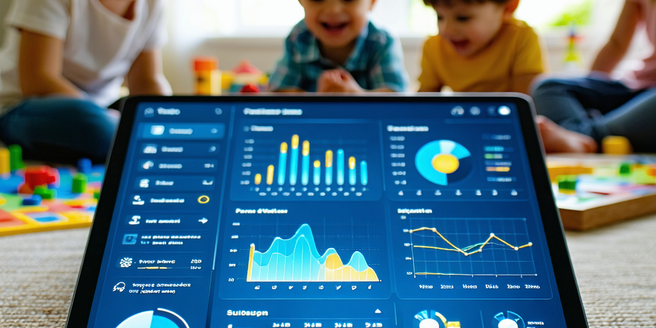Parental Control Settings

Understanding Parental Control Features
Parental control features are essential tools for safeguarding children in the digital age. These settings allow parents to monitor and manage their child’s internet usage, preventing exposure to inappropriate content and online threats. By configuring these controls, parents can restrict access to certain websites, applications, and types of content based on age-appropriateness. Additionally, many systems offer customizable options to set time limits on device usage, ensuring a balanced approach to technology consumption. Understanding these features not only provides peace of mind but also fosters a safe environment for children to explore and learn online. With the right controls in place, parents can guide their children toward healthy digital habits and protect them from potential risks associated with unfiltered access to the internet.
How to Set Up Parental Controls on Different Devices
Setting up parental controls can vary across different devices and operating systems. On smartphones and tablets, both Android and iOS offer integrated tools to manage what content can be accessed or restricted. For example, Apple devices have a Screen Time feature that includes app limits and content restrictions, while Google offers Family Link for similar controls on Android devices. On computers, parental controls are often integrated into accounts, allowing restrictions on app installations and internet usage. Gaming consoles like Xbox and PlayStation also have settings to limit access to age-appropriate games and online interactions. Understanding the available options on each device ensures comprehensive control over your child’s digital activities, no matter the platform they are using.
Customizing Content Filters for Age Appropriateness
Customizing content filters enables parents to tailor internet access according to their child’s age and maturity. Most parental control tools offer predefined settings, often categorized by age groups, to block or allow certain types of content. For younger children, the restrictions might be more stringent, blocking mature websites and apps, while teenagers might have more leeway with social media access under guided supervision. Moreover, some tools allow parents to manually adjust filters and configure exceptions for specific websites or applications, facilitating a personalized browsing experience. By customizing these filters, parents can ensure their child interacts with age-appropriate content, minimizing exposure to potentially harmful information while online.
Managing Screen Time and App Usage Limits
Managing screen time and app usage is crucial for maintaining a healthy balance between online and offline activities. Parental control features often include settings to schedule device usage, ensuring that children are not spending excessive time in front of screens. Parents can set daily time limits for apps or total screen time, promoting the importance of taking breaks and engaging in other activities. Some systems also offer insights into how time is spent on devices, allowing parents to make informed decisions about the necessity of certain apps or games. By implementing these limits, families can encourage healthier digital habits, emphasizing the importance of moderation and diversity in activities.
Monitoring Online Activities and Privacy Settings
Monitoring online activities and privacy settings is vital for ensuring children’s safety in the digital world. Parents can leverage parental control tools to track browsing history, app usage, and communication through digital devices. Monitoring does not mean invading a child’s privacy but rather ensuring their interactions are safe and appropriate. Many platforms provide options to review activity summaries, understand the nature of online interactions, and identify potential red flags. Adjusting privacy settings on social media and online accounts can further protect personal information from being shared publicly. With vigilant monitoring and appropriate privacy adjustments, parents can safeguard children as they navigate the complexities of the digital landscape.
Tips for Discussing Technology Use with Children
Discussing technology use with children is a critical component of effective parental control. Open and honest conversations help children understand the boundaries and reasons behind digital restrictions. It’s essential to explain the importance of safety, privacy, and suitable online behavior, rather than imposing rules without context. Encourage children to ask questions and discuss their online experiences, fostering an environment where they feel comfortable sharing concerns. Discussing the potential risks associated with technology, including cyberbullying and privacy issues, empowers children to make informed decisions. Moreover, involving them in setting limits can motivate them to adopt healthy digital habits willingly. Through dialogue, parents can nurture responsible and informed tech users.